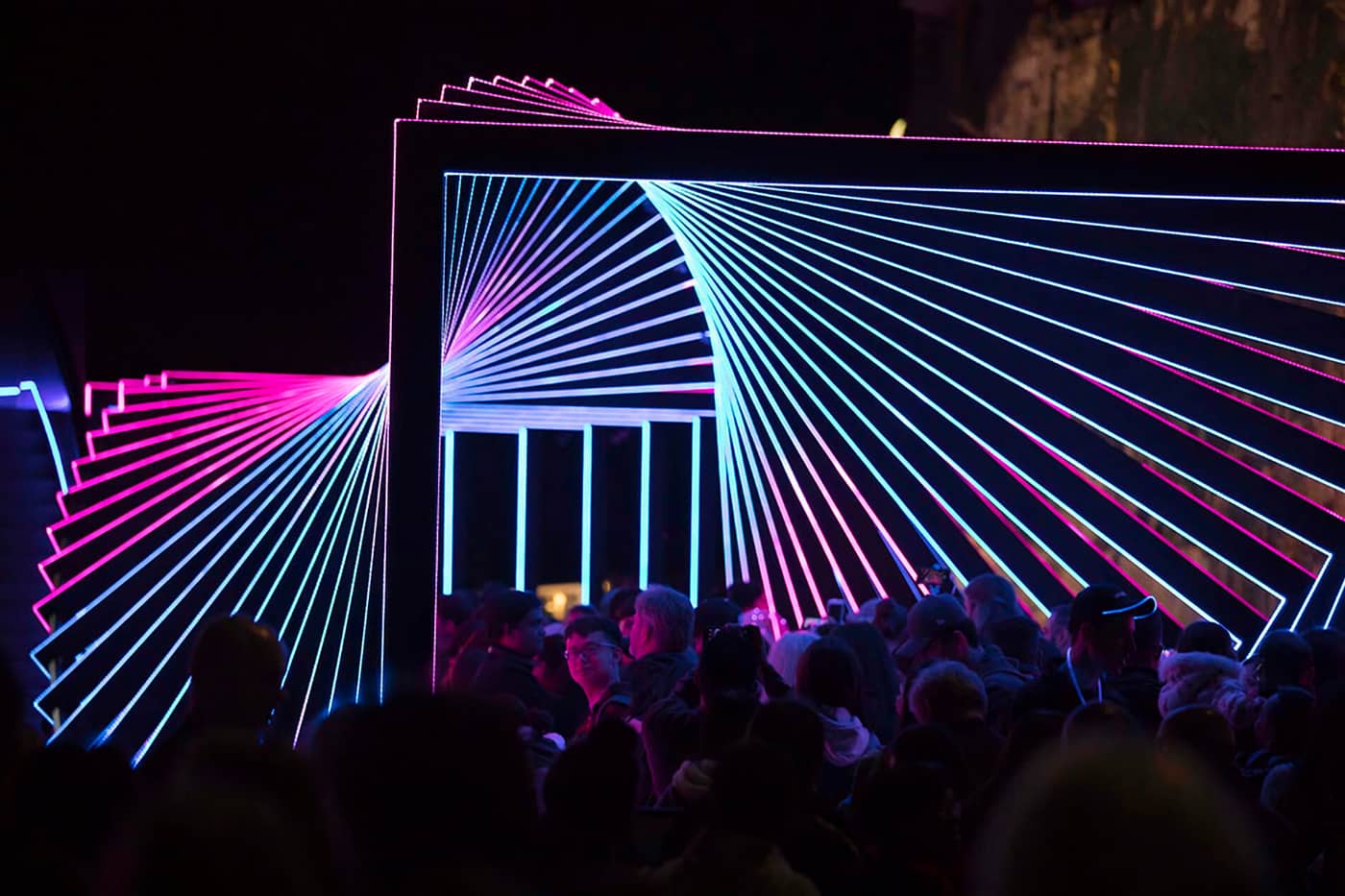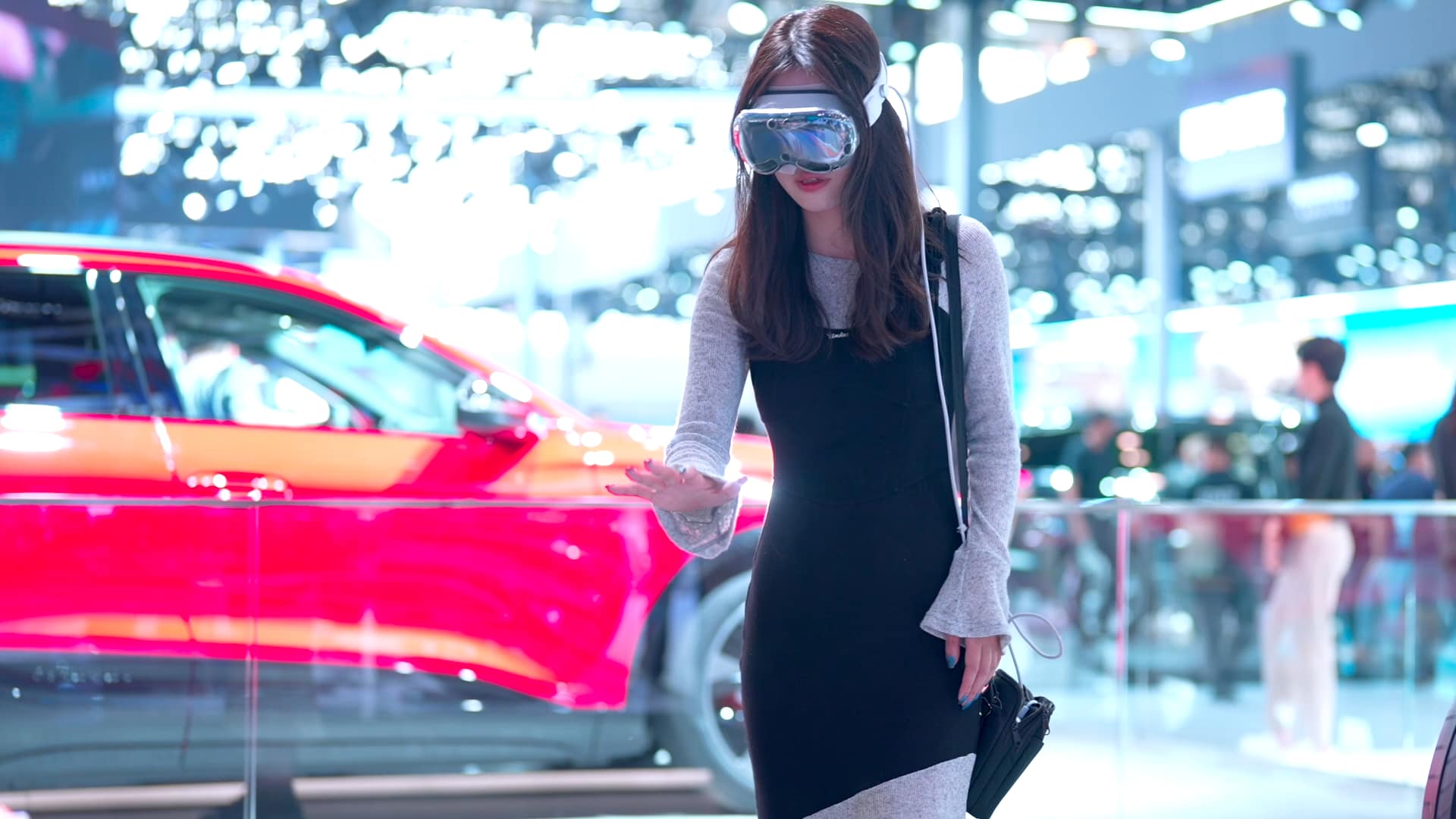
As we move further into the Great Repositioning we take a look at the challenges facing organisations from achieving successful new positions.
One of the prevalent post-pandemic trends has been to not just heighten our appreciation of human connection, but also to show that these connections can be made online.
This blurring of real and virtual life affects how brands should spend their marketing budgets, particularly those who plan to reposition their brands.
And most do. In our survey of 375 marketing leaders in four major sectors across Europe, US, Australia and the Middle East, we found that three-quarters (74%) of brands had planned to reposition their brands in 2023.
This is The Great Repositioning, the widespread move to refocus brands following fundamental shifts in society, including lockdowns and the social movements that have emerged from our highly digitally connected world. This offers an unparalleled opportunity for brands to connect with their audiences.
Our survey also identified the barriers that marketers face in achieving this. These include budget constraints, the challenges of telling complex stories, and the difficulty of overcoming established narratives.
Each of these underscores the need for brands to lean into the new world, where experiences that span physical, digital and virtual environments help bring new thinking, new stories, and new brand identities to life.
Barriers to new brand positions
The most common barrier marketers face in achieving their strategic aims is limited budget, a problem for three-quarters of respondents (74%).
Tightening budgets can lead to feeling forced between choosing between physical and digital channels. There are some key things to consider before opting for one over the other, and how best to integrate both to maximise value.
The first is people’s need for human connection. In-person connections can be incredibly powerful compared to interactions in a purely digital world.
However, brands must take into account how digital is integrated into physical events: it’s better to think of experiential marketing not as physical or digital or virtual, but all three.
For example, when I go to a purely analogue event, I still have my mobile. So I made it a digital event. Failing to acknowledge this is a missed opportunity. Whether it’s creating Instagrammable moments, or integrating digital more explicitly into an experience, this is a valuable and essential use of marketing spend, while also making it much easier to measure success and deepen engagement. The digital world has developed significantly since the early days of the internet, and as a result, it is now possible and practical to integrate digital cost-effectively.
Having a computer in your pocket connected to the Internet can impede attention in the real world if it is not carefully managed. People will check their email, call a friend, or do a thousand other things. Brands need to keep audiences engaged and involved, by acknowledging that their attention may be elsewhere and using this awareness to keep them in the moment.
It is also important to recognise that the next generation has grown up in a digital and virtual world. Their connections often start and develop here over many years, sometimes without ever meeting in-person. Again, the opportunity here is to integrate these worlds, so that people can connect with each other across thousands of miles, while also being able to connect with physical audiences at the same time. Creating a virtual environment in parallel with a physical one extends reach and depth, while also bringing more people on the journey when they cannot be there in-person.
Complex narratives
When you live and breathe it, it can be notoriously difficult for brands to articulate their own stories. The second major barrier for brands is telling a complex narrative in a simple way, which more than two-thirds (68%) said is a barrier to achieving their strategic aims. Among consumer technology brands, this figure jumps to 73%.
This is great news for an experiential marketer because experience approaches are excellent for telling complex stories in memorable ways. Without a compelling and simple narrative, the initiative will flounder. It invariably requires an outside perspective to take what may be a complex story and draw out a brand’s identity and stories, in order to help them to bring it to life.
I have seen this for myself, working for large tech companies, where brilliant but complex technical solutions can present narrative challenges. When technology emerges that elegantly solves a particular human challenge, the solution can seem so obvious, so self-evident, with benefits so apparently clear, that it’s paradoxically difficult for brands to articulate that story in a simple way, or take an objective view of the benefits.
This is true not just of large organisations or technology companies, but of every company – an unbiased third-party view is always extremely valuable.


